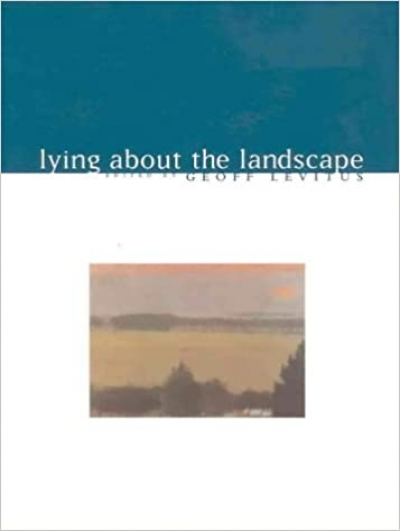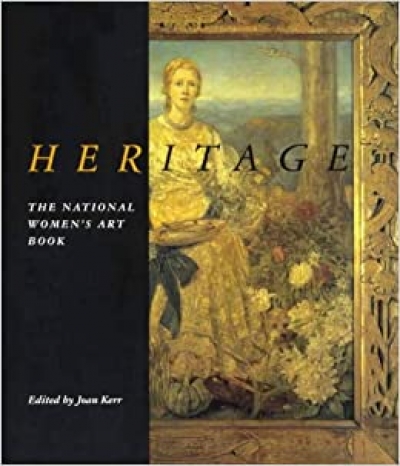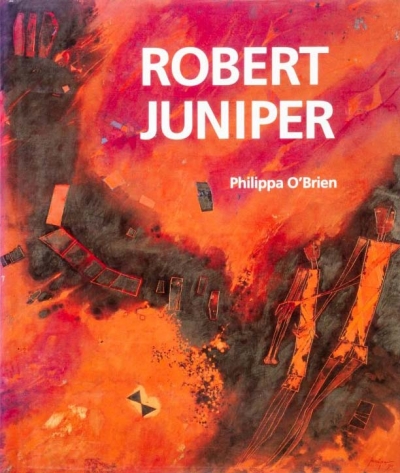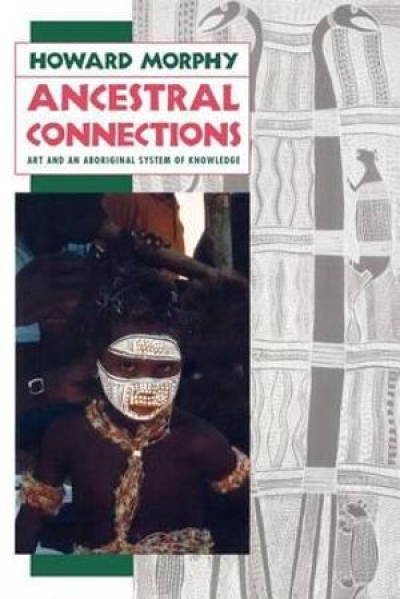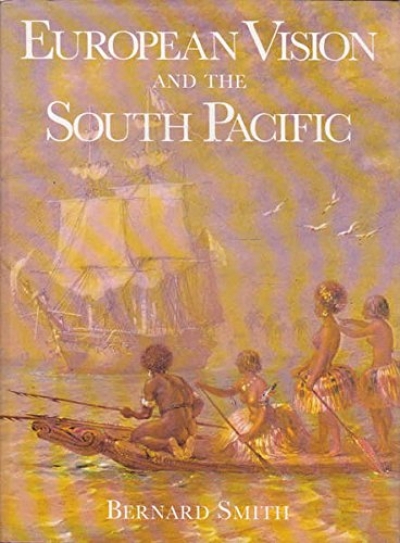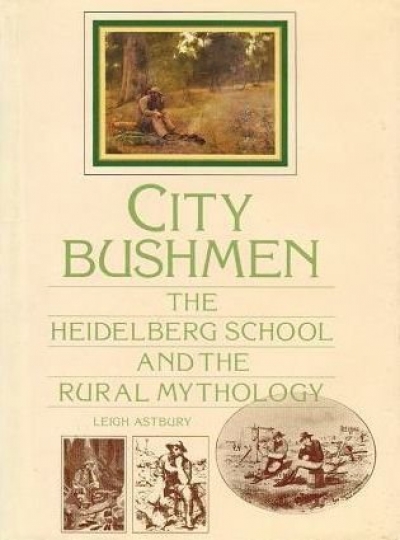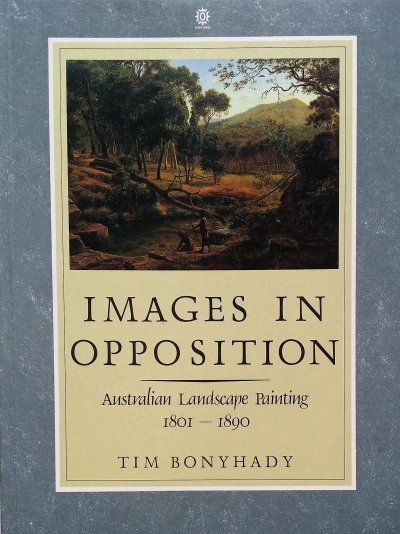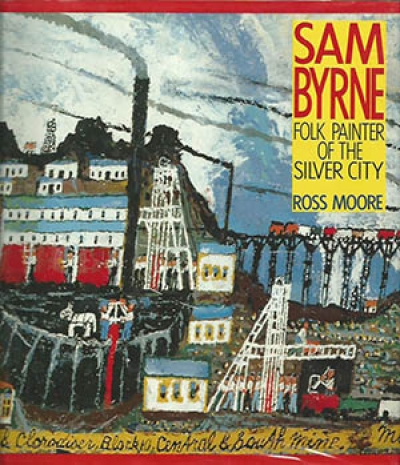Australian Art
The Oil Paintings of Arthur Streeton in the National Gallery of Australia by Mary Eagle
by Daniel Thomas •
Robert Juniper by Philippa O'Brien & Salvatore Zofrea by Ted Snell
by Traudi Allen •
Ancestral Connections: Art and an Aboriginal system of knowledge by Howard Morphy
by Tim Rowse •
It used to be the case that readers interested in the visual arts in Australia had to put up with long dry spells between the publication of art books. But, over the last three decades in particular, writing about the visual arts in Australia, in terms of its scholarly and especially in terms of its numerical strength, has undertaken a quiet revolution.
... (read more)City Bushmen: The Heidelberg School and the rural mythology by Leigh Astbury
by Jane Clark •
Images In Opposition: Australian landscape painting 1801–1890 by Tim Bonyhady
by Leigh Astbury •

